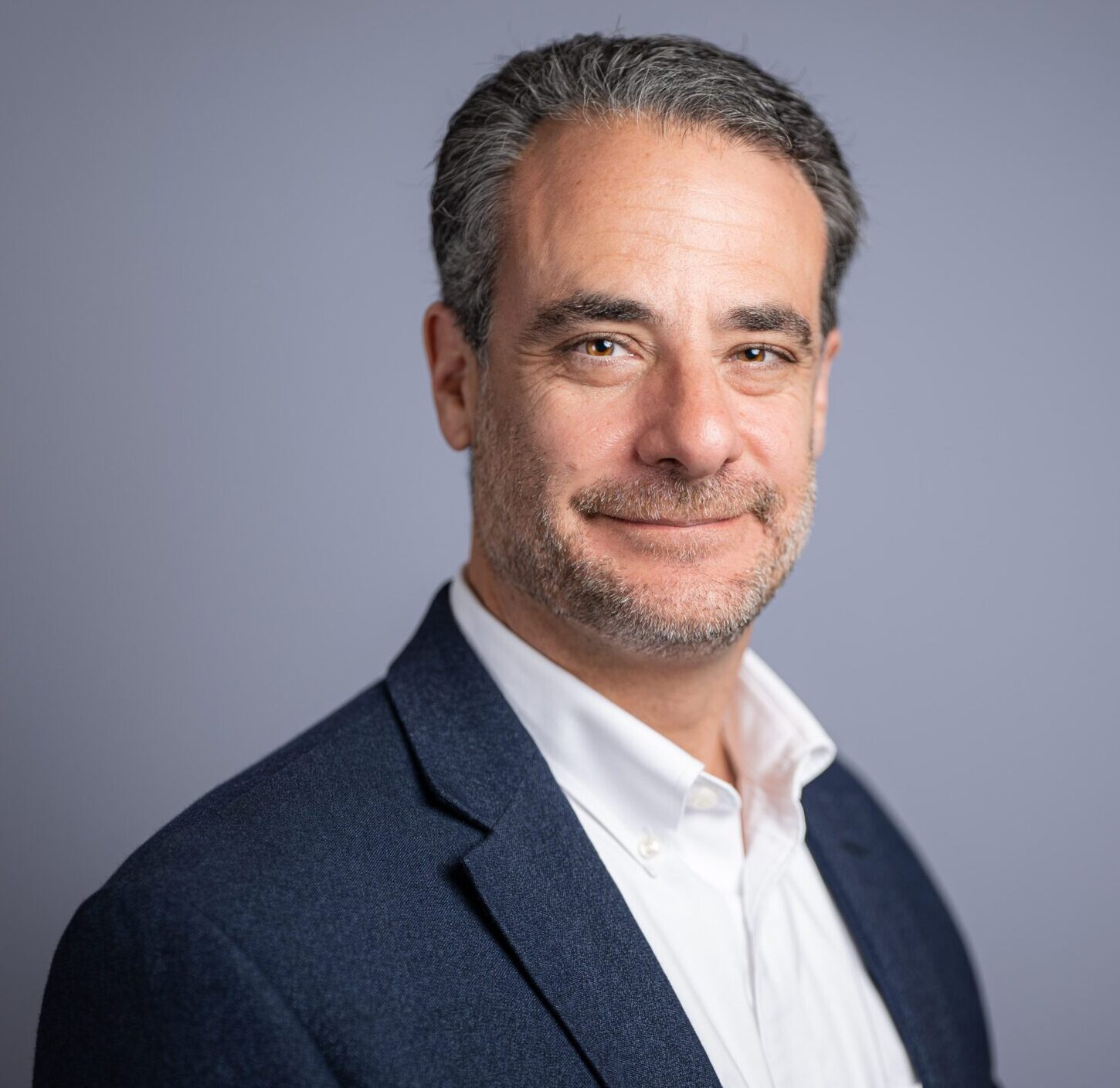
When Paul Tartaglione joined GDIT as its chief growth officer a year ago, he was surprised at what he found.
A 24-year Booz Allen Hamilton veteran, he was familiar with GDIT’s work but hadn’t realized just how deep and wide the company’s expertise ran.
“I knew GDIT had a strong reputation for delivery,” he said. “What surprised me was the breadth and impact of its mission work.”
GDIT tackles “some of the most difficult, challenging, complex missions across the defense, federal civilian and intelligence community. We solve some of the most sensitive and impactful challenges that our clients have,” he said.
“We conduct traumatic brain injury research. We leverage AI to help detect cancer early in our veteran population. We connect and support our warfighters with sensitive intelligence at the time and place that they need it. The depth and breadth of the missions that we support was a real surprise for me.”
That depth and breadth comes to bear as GDIT works with its clients to address fast-changing geopolitical and technological circumstances.
“New technologies such as generative AI and quantum are emerging at a rapid pace and are needed to meet new mission demands,” Tartaglione said.
“Cyber threats are increasing in velocity and sophistication every day,” he added. “On the geopolitical front, the challenges are not limited to one theater, one capability. From space to information to cyber warfare, domains are now larger and beyond the traditional battlefield. It’s this holistic, complex environment across multiple domains.”
In this landscape, government requires rapid solutions to evolving mission demands. With this in mind, it needs to focus on exploration and invention, in partnership with industry.
“We have to innovate, and it can’t be this sort of lumbering process. It has to be at the speed at which the world moves today,” Tartaglione said.
GDIT accelerates innovation by keeping itself at the cutting edge. For example, in cyber, GDIT has technologists constantly looking at what its adversaries are doing and how they need to counter that.
“They leverage our labs around the country, including the recently opened Emerge Innovation Center at our headquarters, to test, deploy and make continuous improvements to solutions,” Tartaglione said. “Last year, we demonstrated the first-ever zero trust at the edge capability at Talisman Sabre in Australia. We expanded on those exercises at Yama Sakura 85, a multilateral effort with the U.S, Australia and Japan. Our goal is to execute the full stack of zero trust capabilities at the tactical edge to support warfighters.”
Tartaglione described how GDIT’s multiyear “Technology Investment Strategy” plays a critical role in delivering innovative solutions to clients. The company launched a portfolio of digital accelerator solutions in areas like AI, cyber, 5G, quantum and digital engineering.
“We’re investing in those capabilities, building up the labs, so that when we sit down with a client, we’re able to say: Here’s what we can do to advance your mission. And there’s a confidence level that this is going to work,” he said.
At the same time, GDIT has been evolving internally, shifting from executing enterprise IT services to also collaborating with government to implement mission-focused technology.
“We are collaborating earlier with the government to build their technology roadmaps,” Tartaglione said.
“It’s more of a consulting partnership, where clients may have a challenge and they don’t even know where to start,” he added. “We work with them to understand the problem, understand the range of solutions, and pick the right solution.”
GDIT’s strategic shift began with the 2018 acquisition of IT services provider CSRA, which brought new scale and capabilities, and expanded the company’s technological portfolio in areas such as AI, cloud, cyber and high-performance computing.
“Last year, we launched the technology investment strategy and broadened our focus on consulting,” Tartaglione said. “Earlier this month, we acquired Iron EagleX, Inc., a leading provider of AI, cyber, software development and cloud services, which further strengthened our ability to support defense and intelligence missions across all warfighting domains. These investments have enabled us to bring the talent and capabilities that truly differentiate us in the market.”
Tartaglione’s own consulting background helped him drive the culture change needed to support GDIT’s emerging position as a consulting partner. To that end, he’s highly focused on career-development strategies.
“How do I invest in our people so they see GDIT as a career destination, a place where they can hone their tradecraft, support the mission and better themselves in the process? Putting our people in the forefront has been a key part of this journey,” he said.
In practical terms, that means, for instance, building an AI-based platform called Career Hub to match employee skills with client demands so everyone can advance their career at GDIT.
“We’ve also doubled our investment in tuition and technical training programs. We’ve quadrupled the number of certifications in cyber, AI and cloud,” he added.
Tartaglione said he’s personally pleased to be charting this course in a company deeply invested in its employees.
“Our leadership team cares not just about the mission but about the people who deliver these missions,” he said. “We firmly believe that employees who are supported innovate. Our 28,000 employees are inspired, doing purpose-driven work, and delivering some of the best performance in GDIT’s history.”

